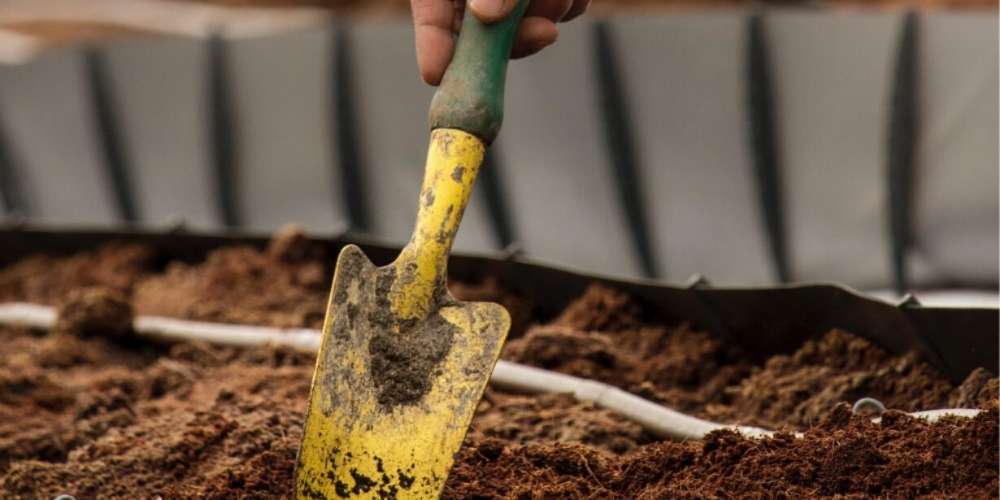Packaging waste builds a considerable part of municipal solid waste and has increased environmental issues, leading to the enforcement of many regulations aiming to decrease the amounts of waste produced. Compostable packaging is amongst the many initiatives introduced to alleviate this concern.
Unlike the standard forms of packaging that release toxic chemicals and harmful substances into the environment, the eco-friendly compostable packaging will deteriorate into beneficial biomass, consisting of carbon-based organic matter containing oxygen, hydrogen, and nitrogen. Moreover, it leaves behind nutrient-dense humus, a black, jelly-like organic substance that promotes the earth’s fertility and strengthens the ecosystems. This article guides you through what you need to know about fully compostable packaging.
How is Compostable Packaging Made?
Essentially, compostable packaging is created from a mixture of natural, recycled substances and organic, plant-based virgin materials like potato starch, wood pulp, and palm leaves. Examples of fully compostable packaging are as follows:
- Gardening twine
- Cardboard boxes
- Wood wool
- Moulded wooden pallets
- Clay desiccants
- Paper bubble wrap
The fully compostable packaging comes in various forms, including compostable air pillows and kitchen caddy liners, all of which are made of a blend of organic substances, such as wheat and corn, and innovative bio-based thermoplastics or natural polymers like cellulose. Although thermoplastics may include the term plastic, the plastic is derived from renewable vegetable crops instead of the fossil-based raw substances that conventional plastics are made of. Hence, while bioplastics feel and appear like conventional polymers and possess similar flexibility and strength, they are made of renewable, compostable plant-based substances.
How Does Compostable Packaging Works?
Like other packaging types, compostable packaging materials will begin to degrade once they can no longer be restored, reused or repurposed and thrown away into the environment. Nevertheless, since they are made of organic substances, their deterioration process is similar to how food waste is broken down. Hence, fully compostable packaging degrades quickly, requiring only months rather than years compared to the biodegradable or conventional packaging.
Nonetheless, the right conditions are required for compostable packaging to decompose effectively. Some of these conditions include plenty of oxygen, warm temperatures, moisture and an array of nutrients. This setting provides the optimum environment for microorganisms in the environment to grow and devour the compostable packaging.
Therefore, appropriate disposal of compostable packaging is necessary. For instance, if the compostable packaging is accidentally put into a general waste bin and sent to the dump, it would not have the right conditions to degrade in an environment-friendly way.
How Do You Discard Compostable Packaging?
One common misconception about compostable packaging is that it can be disposed of in the same way as other packaging materials. However, this is not the case. As mentioned above, users have to dispose of compostable packaging correctly to ensure that it breaks down effectively and safely, maximizing its potential benefits to the environment.
For instance, the EN-13432 certified compostable materials, such as mailer bags and produce sacks, can only be decomposed under an industrial composting environment and not in a compost pile at home. This situation is because they contain thermoplastic which needs to be heated to 158°F and frequently turned, within an in-vessel composting facility to decay effectively. However, if they consist of verified bioplastics, they are exempted from this general rule.
On the other hand, compostable packaging made exclusively from organic, plant-based materials and natural, recycled substances, such as bamboo and paper bags, can degrade easily at home since they do not contain any bioplastics and can decompose without high temperatures and strict attention to humidity and aeration.
Unlike conventional plastics, compostable packaging degrades in a manner which is kinder and beneficial to the environment. It degrades into an organic or natural state when deteriorated. However, it requires the right condition to decompose effectively. Therefore, users need to dispose of their compostable packaging correctly.

